One runner in this year’s TCS New York City Marathon hopes meeting his running goal will help raise awareness about the plight of those who suffer from rare diseases.
After beginning to run nearly two years ago, Stu Fisher, 66, will compete in the marathon for the first time Nov. 5 after completing nine races this past year. The East Setauket resident will be a part of the Running for Rare Diseases marathon team, which runs in support of the National Organization for Rare Disorders. The nonprofit is a patient advocacy organization dedicated to individuals with rare diseases and the groups that serve them.
In the marathon, Fisher will be running for Shaylee Boger, who was assigned to him by NORD. Fisher also will be running in honor of his nieces Arielle Candace Fisher, who died of Werdnig-Hoffmann disease, which is also known as spinal muscular atrophy type 1, where children will sit but never walk, before she was 1 year old; and Navarin Aeon Viloria, who was diagnosed with cyclic vomiting syndrome, an increasingly recognized disorder with sudden, repeated attacks of severe nausea, vomiting and physical exhaustion that occur with no apparent cause.

An operation engineer for Cumberland Diagnostic and Treatment Center in Brooklyn, Fisher said he began thinking about running 15 years ago when he cheered on his oldest daughter Donna in the Philadelphia Marathon. At the start of 2016, Fisher said he made the decision to start running, and his youngest daughter Stefanie, who will also participate in the marathon, encouraged him by taking him to West Meadow Beach, where they ran along Trustees Road.
“She helped me run a little bit, and rest, because I was winded after 15, 20 seconds,” Fisher said of his youngest daughter. “She kept moving me progressively farther distances until after a couple of weeks, I was able to not have to stop anymore.”
Recently, he has been working 80-hour weeks, but said he makes training a priority — something his wife Vivian Viloria Fisher, a former county legislator, has been supportive of. Stu Fisher said he joined an online coaching program, Jeff Galloway Training, to improve. He runs short runs Tuesdays and Thursdays, a long run on the weekend and takes a break from training the other days.
“Your body needs time to repair, especially when you’re older,” he said.
Fisher said his online coach Chris Twiggs, chief training officer with Jeff Galloway Training, has instructed him to take structured walks of 30 seconds between running. He can now complete 20 miles 15 minutes faster than if he ran continuously. Twiggs said Fisher, who has been training for the marathon since January, was wise by starting early, and has been building up his speed.
“His body is ready because of the work he has already put in,” Twiggs said.
Fisher, who is a member of the Long Island and New York City Road Runners clubs, said his last run was 25 miles. To train, sometimes after working a full day, he’ll run through the Brooklyn Navy Yard and Williamsburg area, then over the Brooklyn Bridge uptown on the west or east side all the way to Central Park.
He’s now lost more than 25 pounds running, and said he has advice for those who start the rigorous activity later in life.
“Once you start [running] you’ll see pounds will start to melt off, and then you feel a little better — that helps you with your stamina and motivation for running,” he said. “It’s not a regressive cycle like other things; it’s a progressive cycle.”
“He’s set on being a runner for life now.”
—Stefanie Fisher
His daughter Stefanie, who has been running for a few years and competed in the Philadelphia Half Marathon and other races, said she does it more for fun than to win. She said her father always stays positive, which motivates and inspires her.
“He’s set on being a runner for life now,” she said.
Stu Fisher said he’s hoping to run the marathon — which is more than 26 miles — in 4 hours, 59.59 minutes. Stefanie said the two of them made a pact to run together the whole race. If one slows down, the other one will slow their pace, too.
“I’m just excited that we’re going to cross the finish line together,” she said.
Twiggs said he believes his runner has a good shot completing the race in five hours due to the time he has put into training and being in good shape.
“My goal for him, honestly, is just for him to get to the finish line and have a smile on his face and be proud of himself,” Twiggs said. “Maybe [he’ll] want to do another one.”
Fisher is confident he will accomplish his goal for the nonprofit organization and those he’ll represent.
“It’s so unbelievably awesome,” he said of getting the opportunity to compete in the race. “This is a life experience. How many people could run a marathon with their daughter at my age?”
Fisher has already raised more than $1,000 for the National Organization for Rare Disorders. For more information about the group, visit www.rarediseases.org.









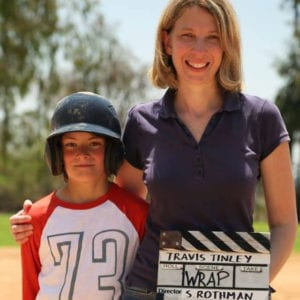







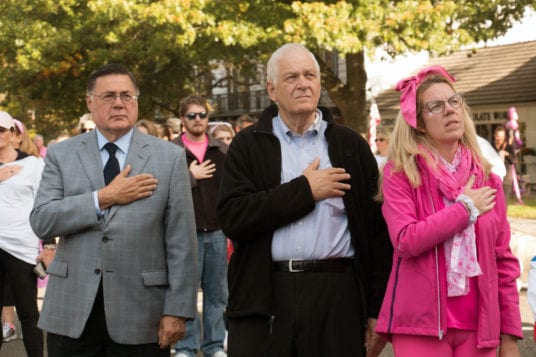
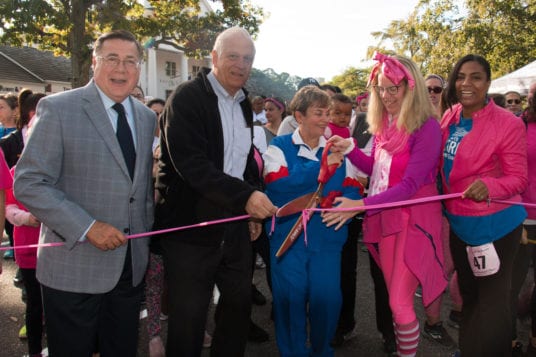
















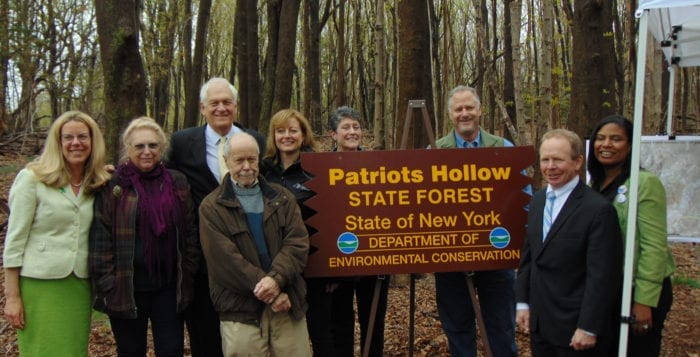

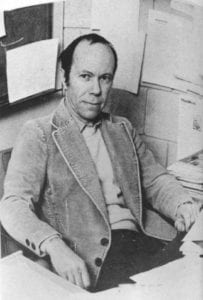
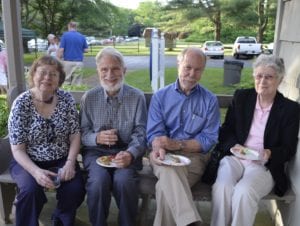
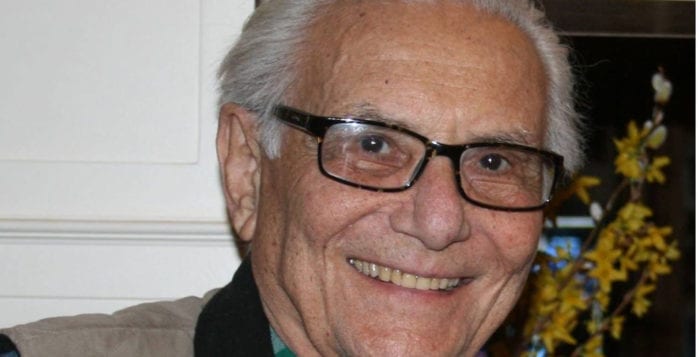


 How would you describe “How Now, Ms. Brown Cow?” to someone who hasn’t read it?
How would you describe “How Now, Ms. Brown Cow?” to someone who hasn’t read it? 



